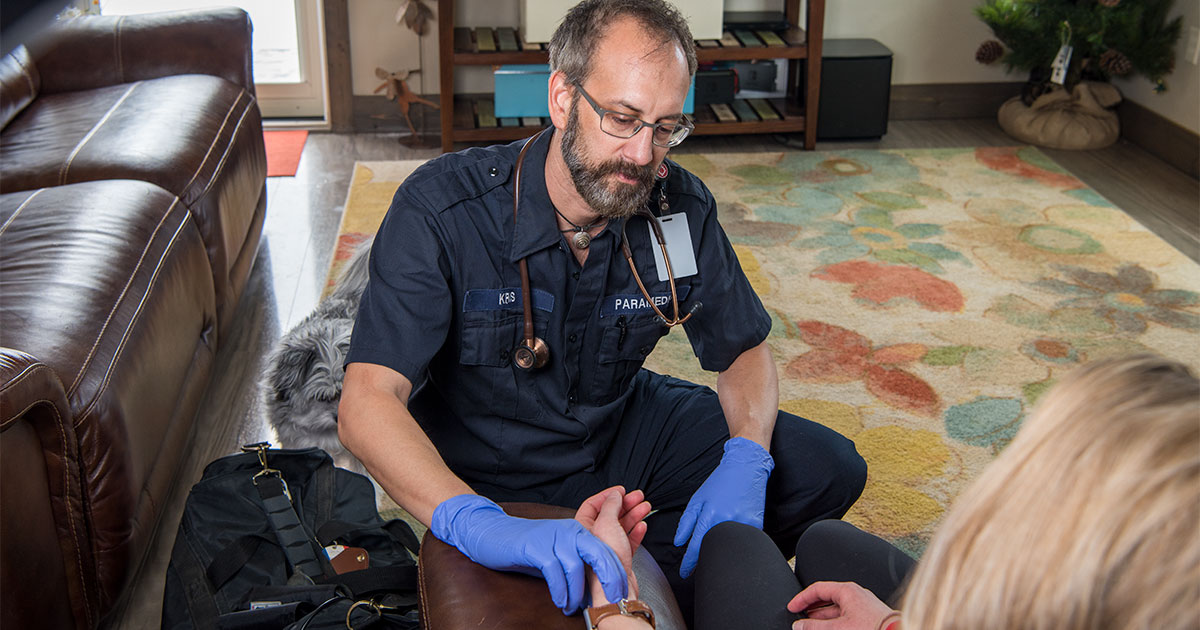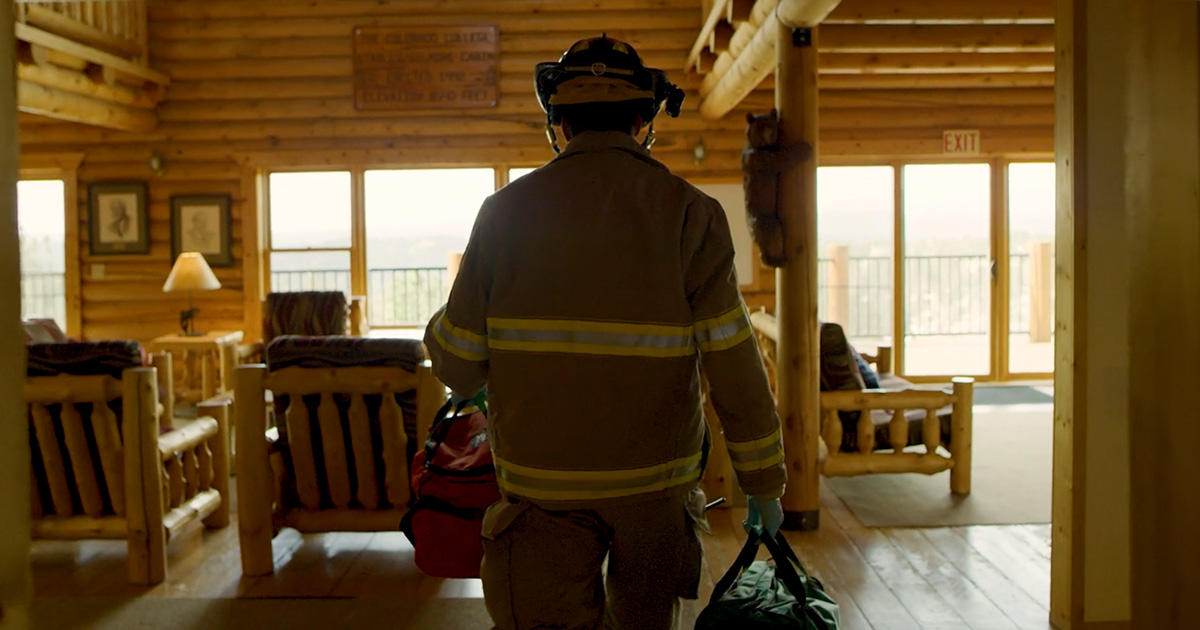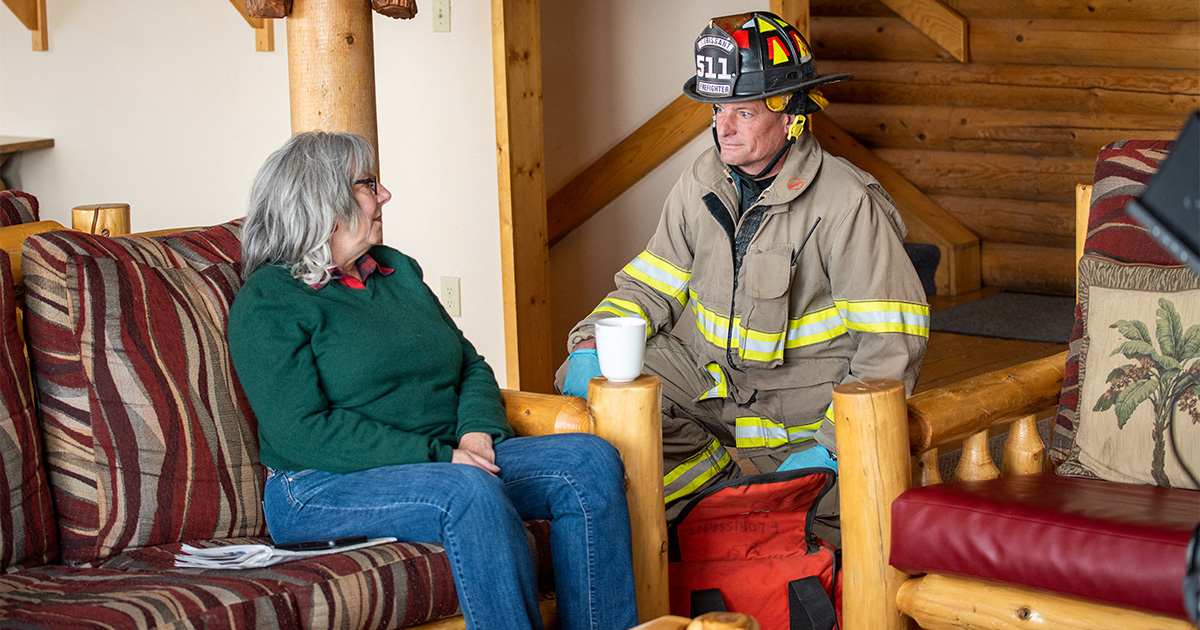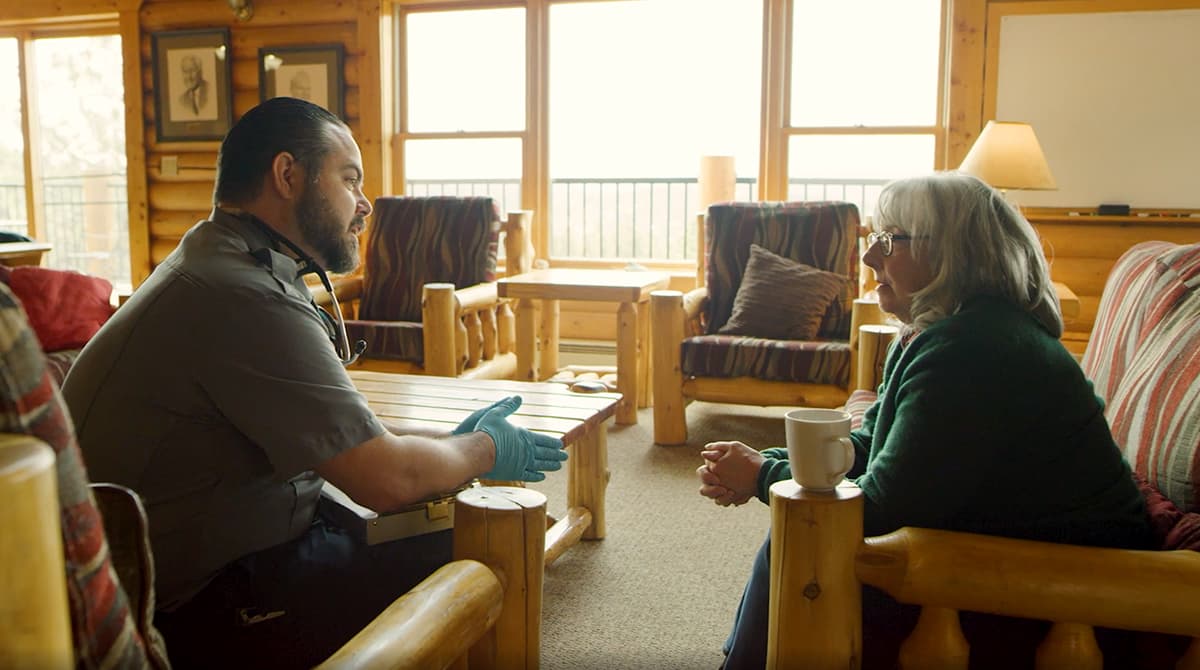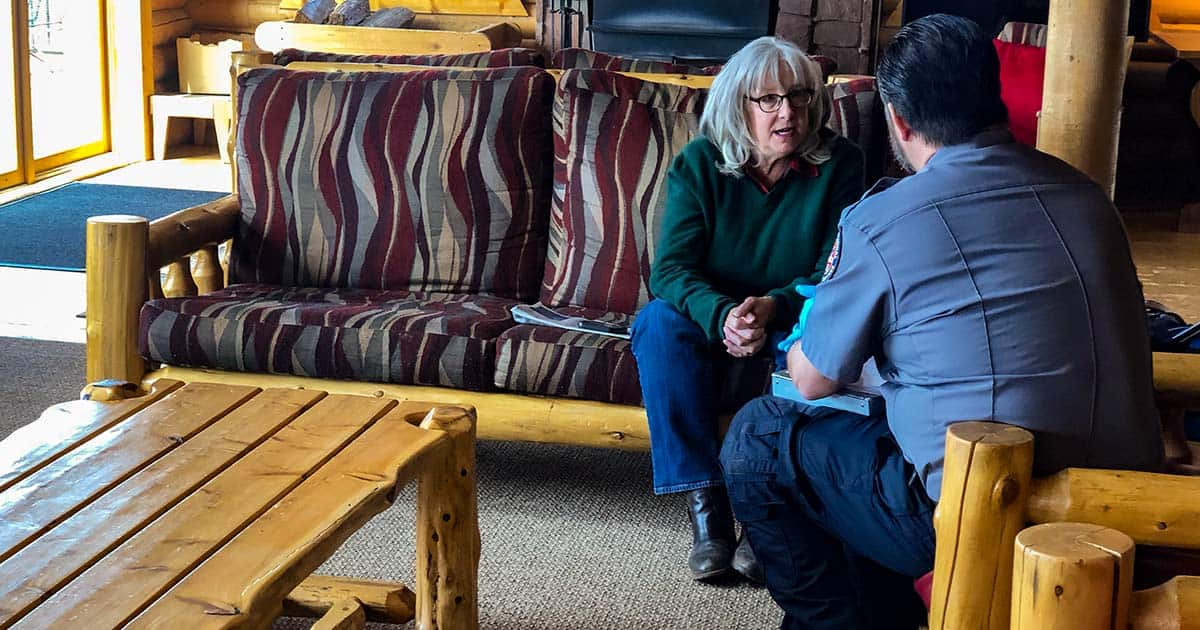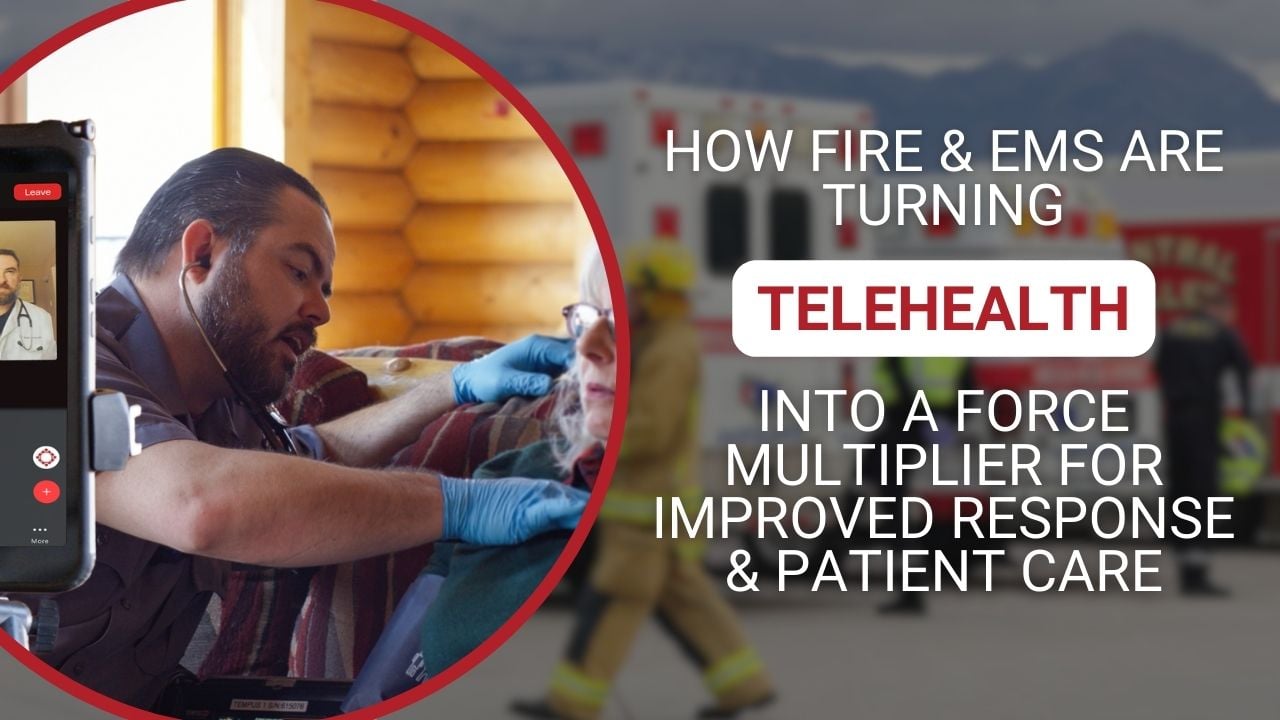2 min read
Telemedicine for Ambulance Crews Has a Future, Despite Fiasco of ET3
EDITOR'S NOTE: The following is an excerpt from an article by Larry Beresford, originally published on EMS World on April 3rd, 2024. Check out the full article here. Telemedicine for the EMS...
